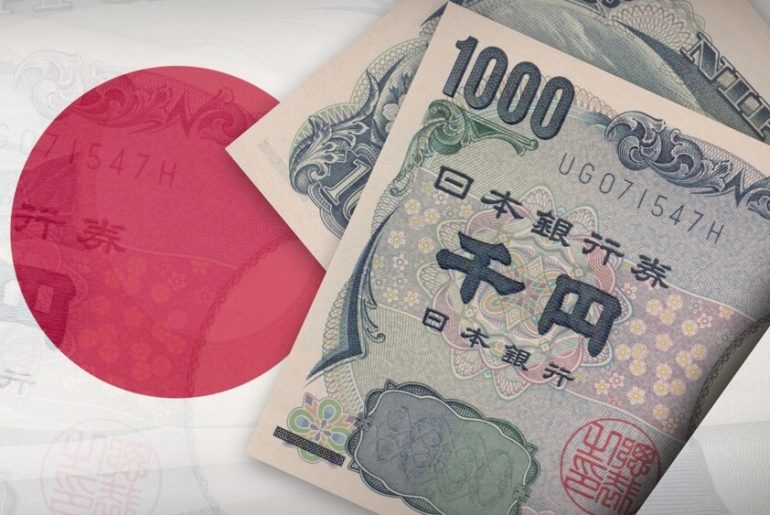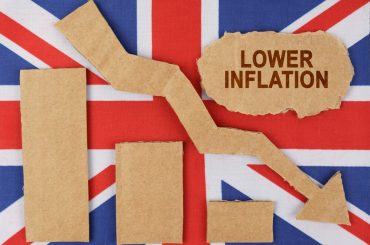After Bank of Japan (BoJ) members confirmed their readiness to hike interest rates again, the Japanese yen reached an eight-week high. In response, the US dollar plunged to its lowest level since early last week. Fears of a global trade war have eased as the United States has already reached agreements with Mexico and Canada, though trade tensions with China remain.
BoJ member Naoki Tamura emphasized that the central bank must raise rates to at least 1%. Known for his hawkish stance, Tamura’s comments provided support for the Japanese yen.
At the same time, geopolitical factors also play a crucial role alongside the policy divergence between the BoJ and the Federal Reserve (Fed). While the US president has not explicitly mentioned Japan as a target for his new tariff policies, concerns remain that he could impose tariffs on Tokyo. Given this, the yen’s upside potential may be limited.
The BoJ is expected to hike rates by 25 basis points by September, while the Fed could make its first rate cut of the year between June and July. By December, the total reduction by the Federal Reserve may reach 50 basis points, indicating that markets expect the central bank to implement at least two cuts this year.





